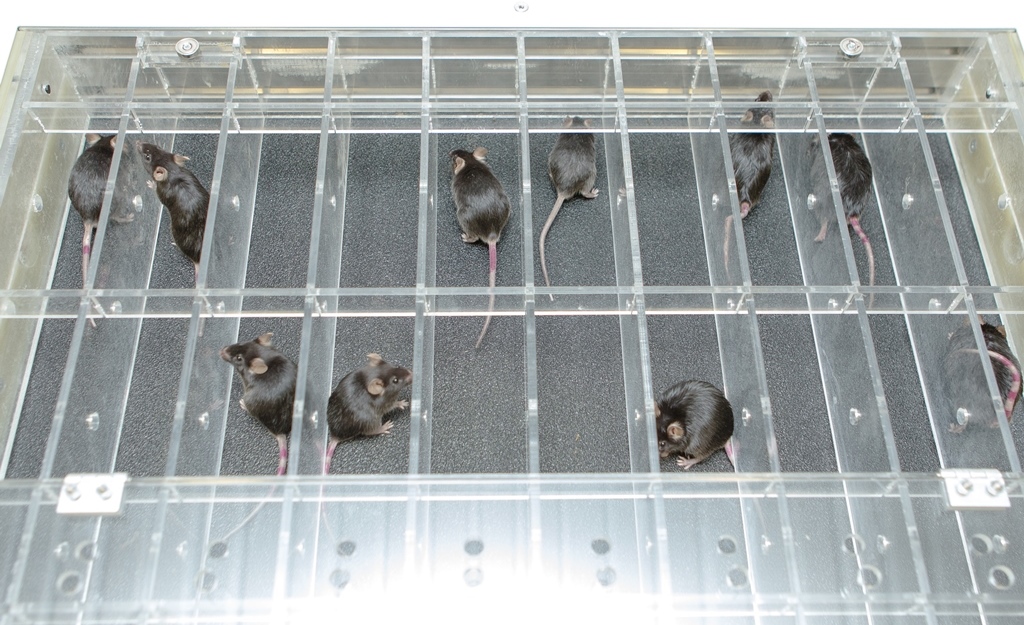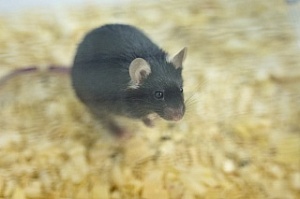Scientists at the Faculty of Physical Education are conducting research that will accurately determine the mechanism of development of diabetes mellitus type 2 (DM2). A complex experiment in mice will help to find out at what stage there is a violation of the process of glucose utilization, and find an approach to solving this problem. They provoked the development of diabetes in rodents, and then put them to an enhanced training regime. At the end of the experiment, a molecular genetic analysis, which will answer the questions posed, will be carried out.
- Patients with diabetes of the second type produce insulin. Insulin of healthy people starts the process of transport of sugar into the muscles, where its utilization takes place. In patients with diabetes mellitus, this process has been disrupted, - says Leonid Kapilevich, head of the Department of Sports and Health Tourism, Sports Physiology and Medicine at the Faculty of Physical Education. - Along with insulin, a whole cascade of enzymes is involved in the transfer. Our task is to find out which enzyme and at what stage it fails. This will allow developing new approaches to the treatment of DM2. Now it is corrected with a continuous strict diet.
The experiment is conducted on laboratory animals. In several groups of mice, a model of diabetes mellitus of the second type was formed using specific nutrition. For three months, rodents were given food with a high content of fat and sugar. As a result, all the symptoms of the disease appeared, the glucose utilization process was disturbed, the weight of the test mice increased 2.5 times compared with the control group, which was fed on cereal feed.
It is known that in some cases, exercise helps to reduce the level of sugar, but what should be the load - static or dynamic, has not been established yet. To find out, the sick mice were transferred to regular physical training: every day, except Sunday, rodents make hourly runs on the simulator. Especially for this, a treadmill for simultaneously training of 10 mice was made,. Every week the load is increased - increase the speed of movement and the angle of the track.

- One group runs in the morning, the second in the evening - this will allow you to find out what time of day is optimal for training, - says Leonid Kapilevich. - The third group of sick mice does not train, it just normalized food. We want to compare how the process of glucose utilization will go in different groups, including the control ones, where the mice are healthy.
Now the experiment with rodents is approaching the final stage. At the second stage of research, a comprehensive analysis will be carried out. Scientists will isolate DNA, RNA, and proteins from muscle cells, liver, and adipose tissue, and compare them in patients and healthy individuals. Molecular biological studies must show which enzyme stops working and interferes with the process of glucose transport. Along with this, data will be obtained on the physiological processes that occurred in the muscles during workouts, which will allow selecting exercises that are most effective for burning sugar.
In the future, scientists plan to expand the experiment and conduct it on animals of middle and old age. Knowing the features of their physiological processes, researchers will be able to propose new solutions for correcting metabolic disorders in older people and thereby improve the quality of human life at pre-retirement and retirement age.

